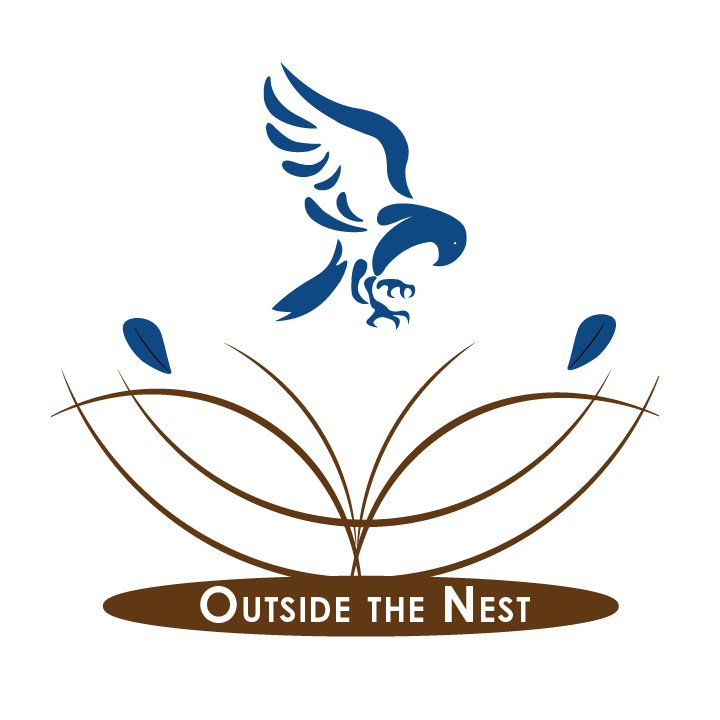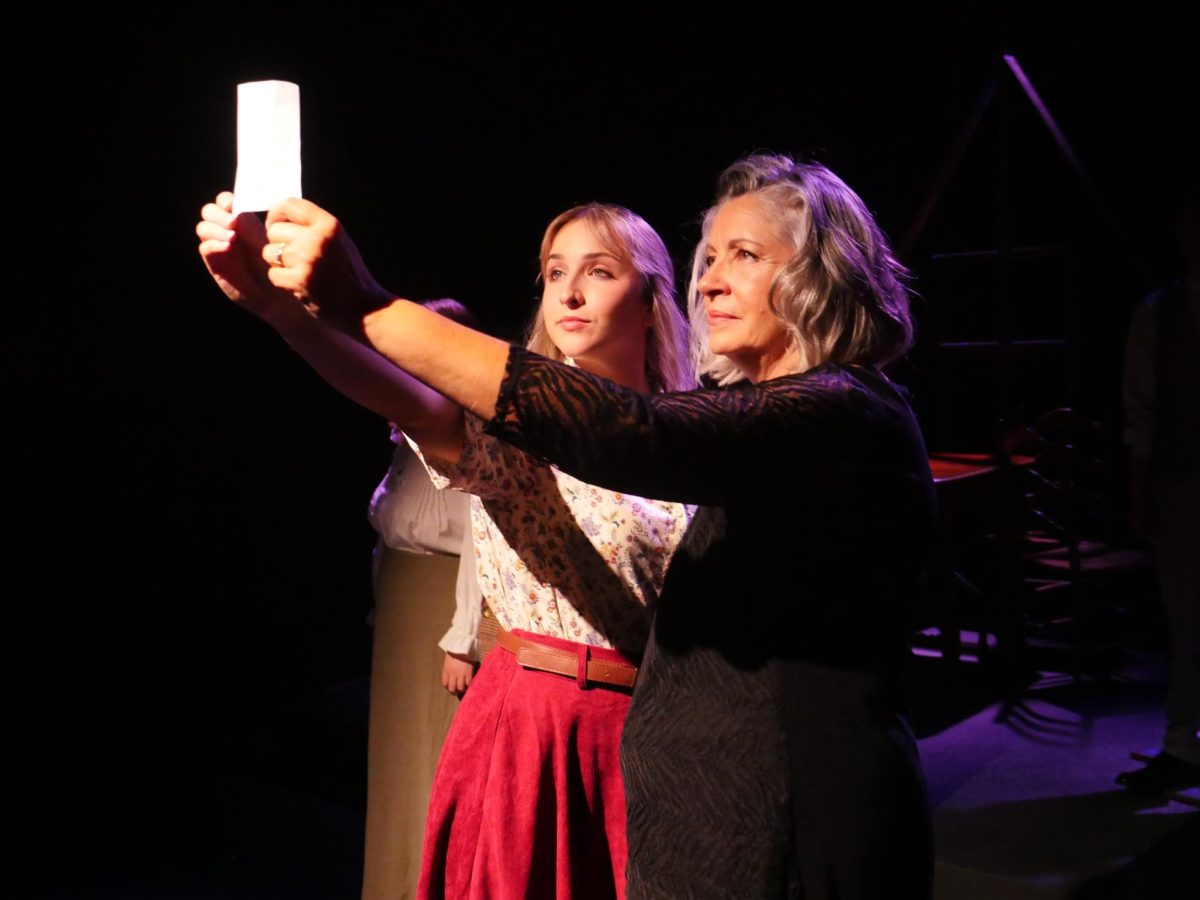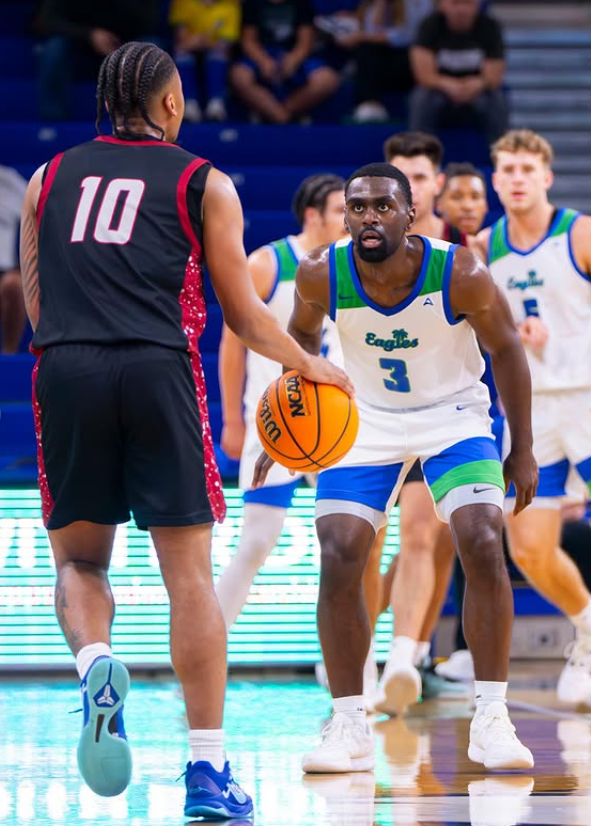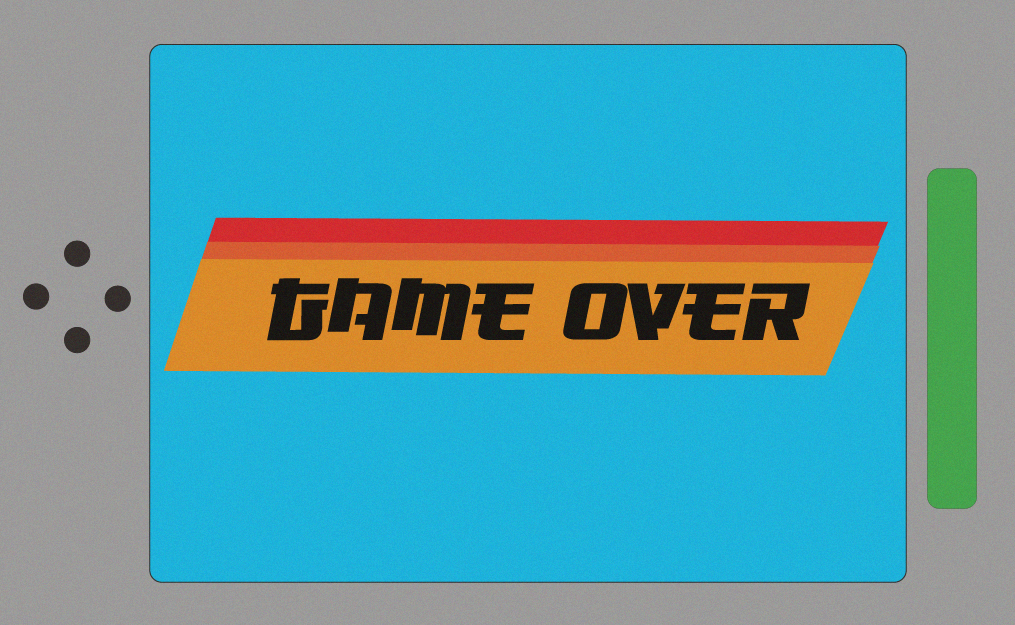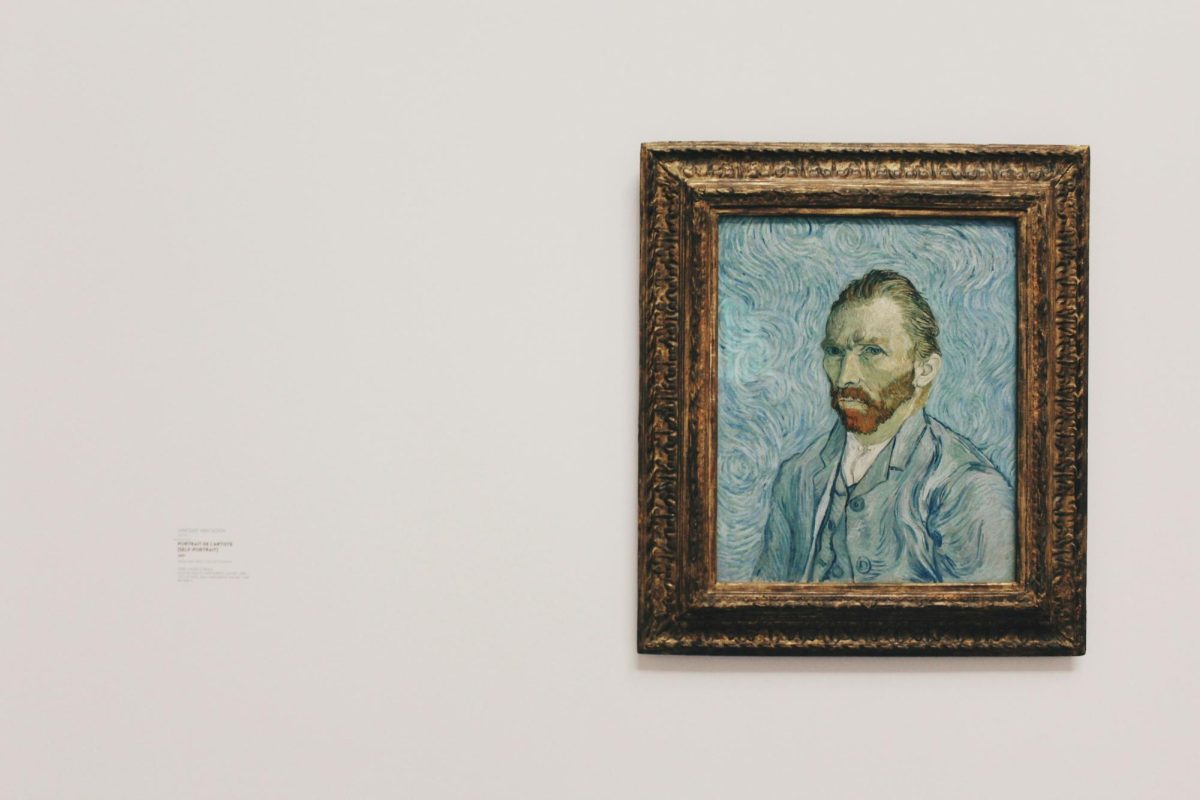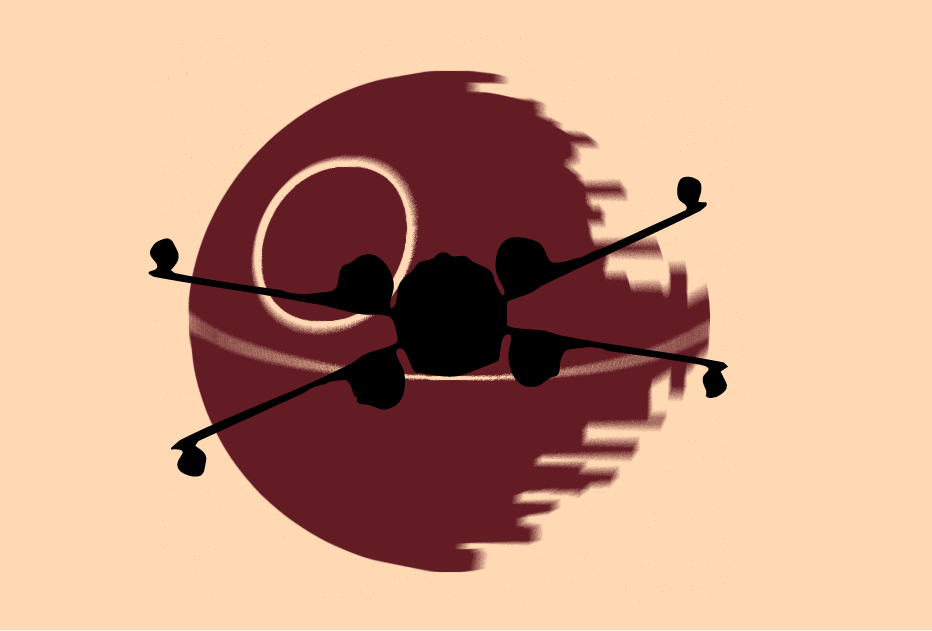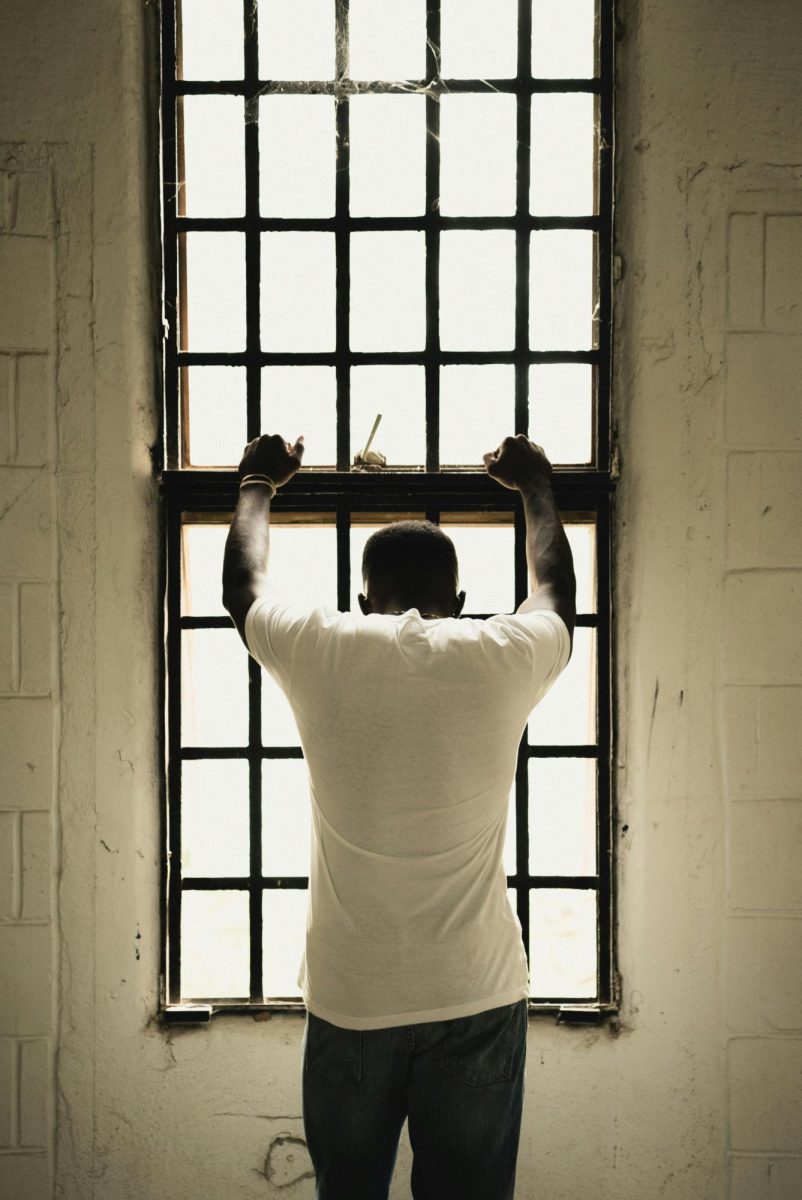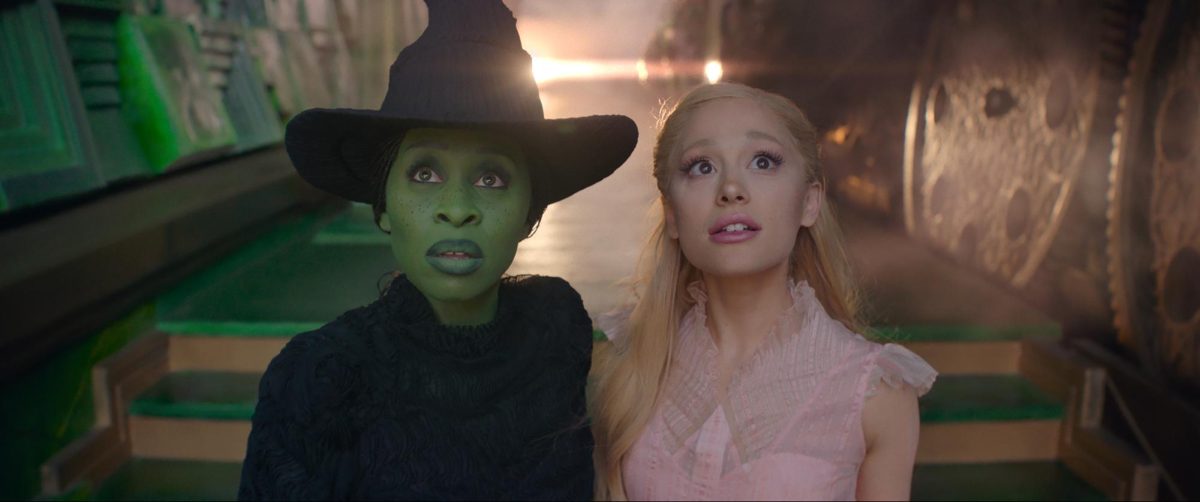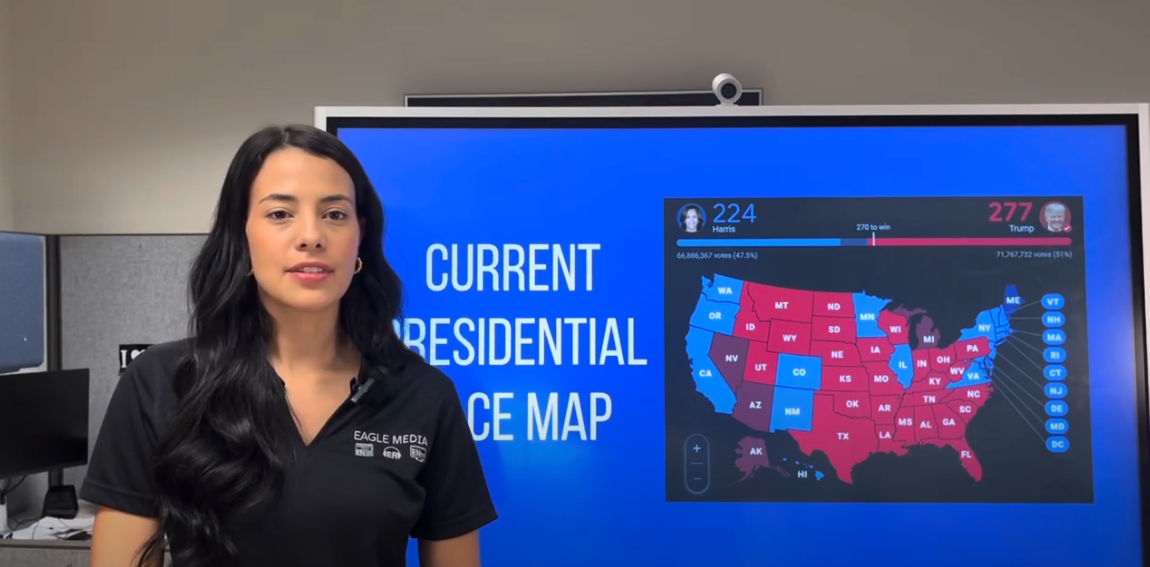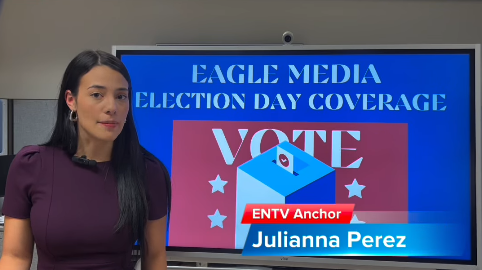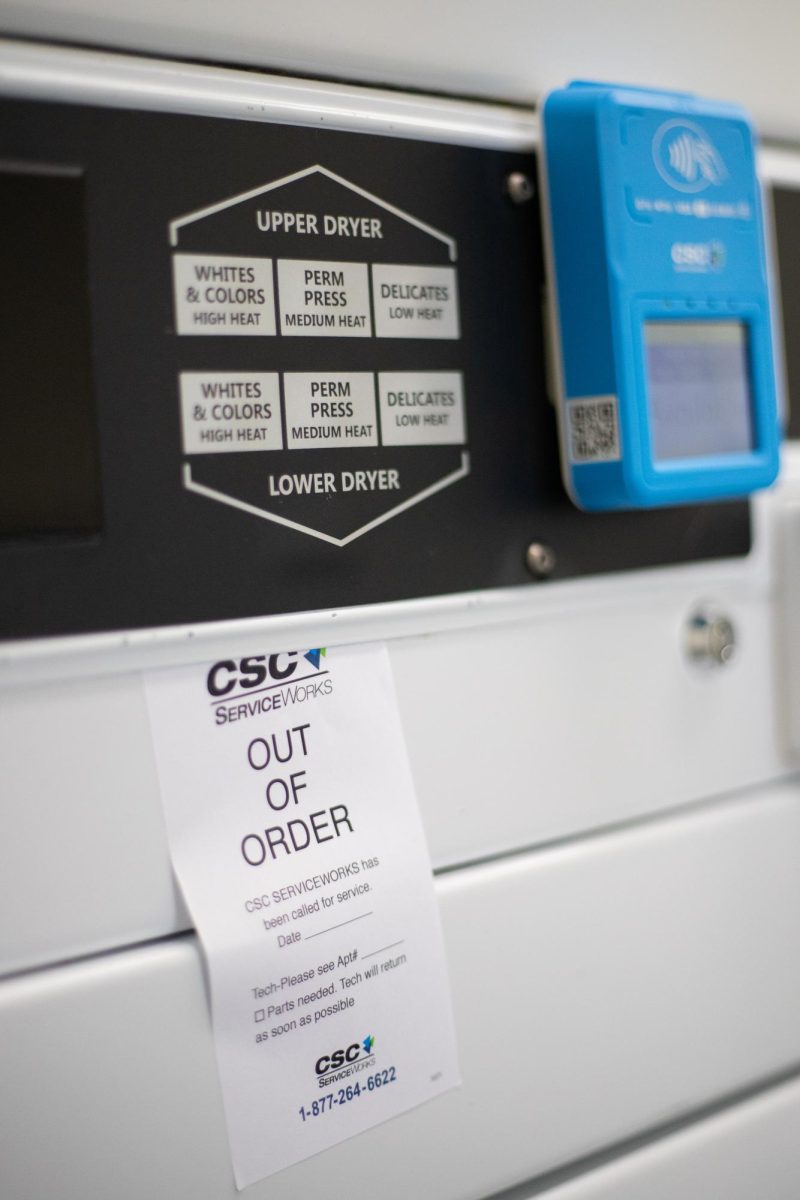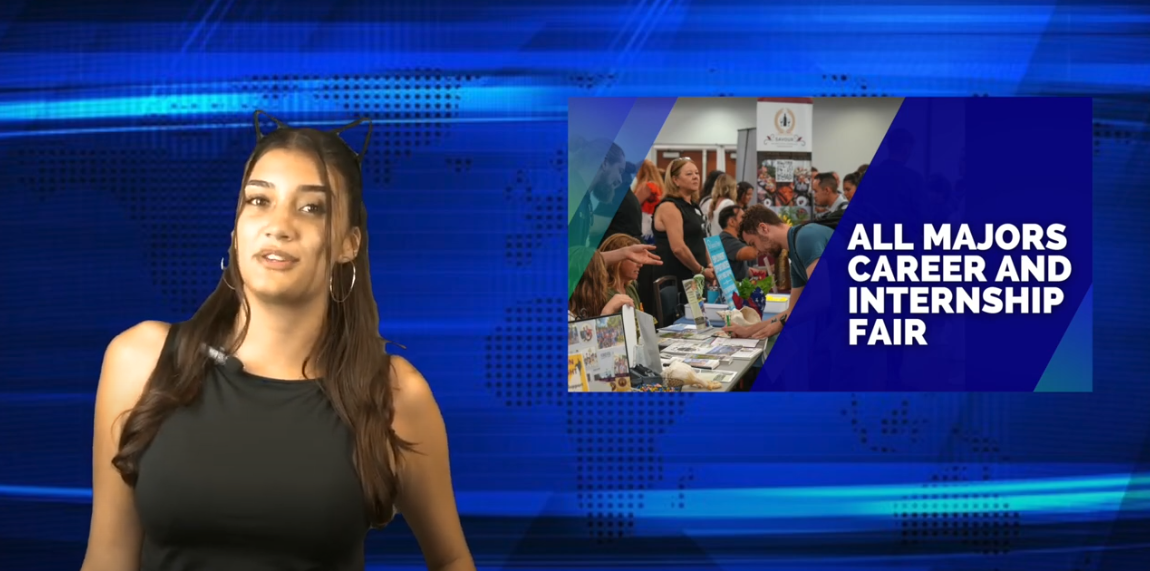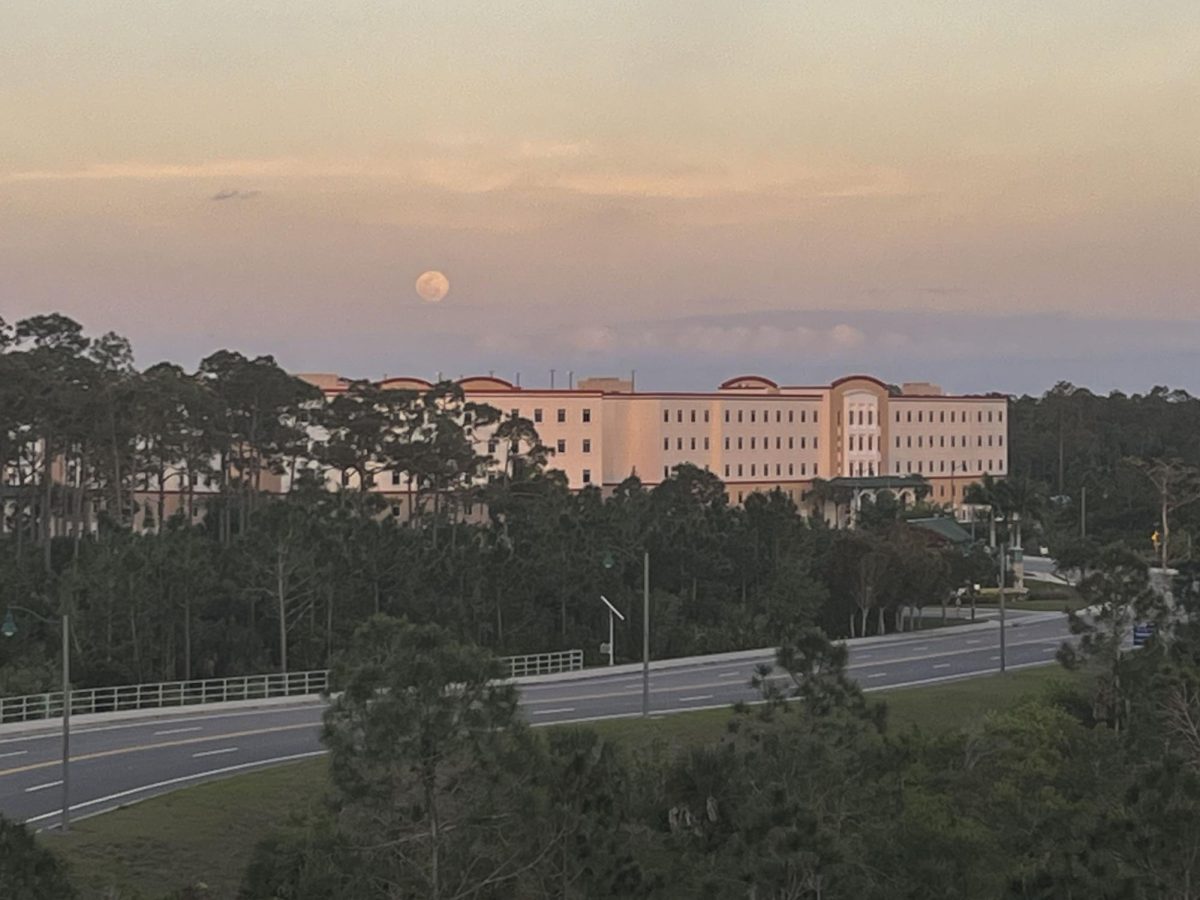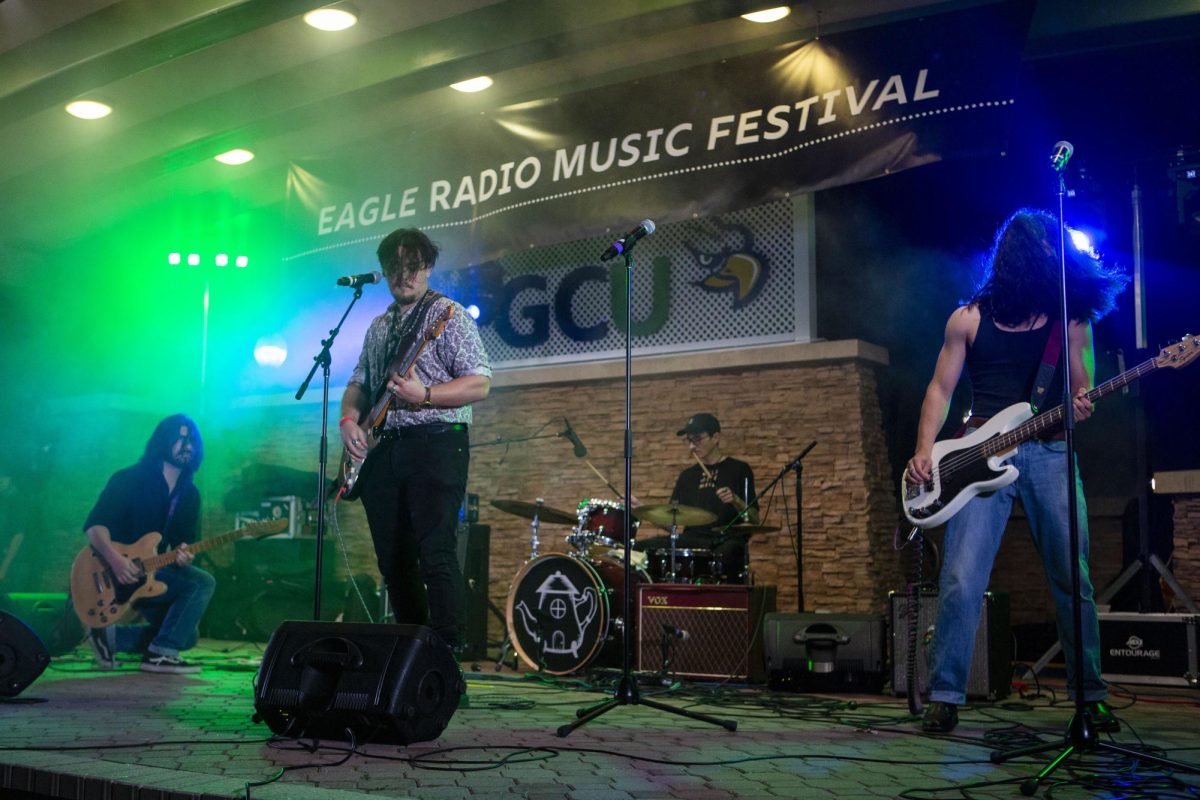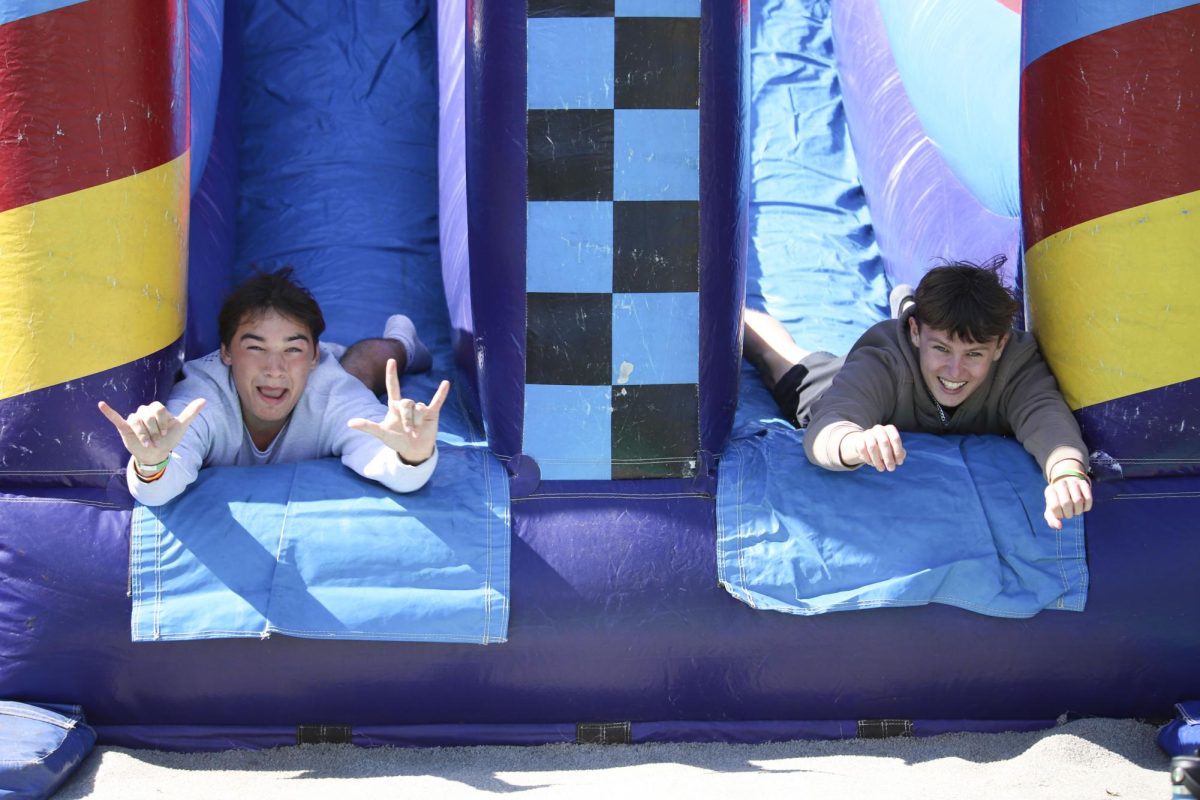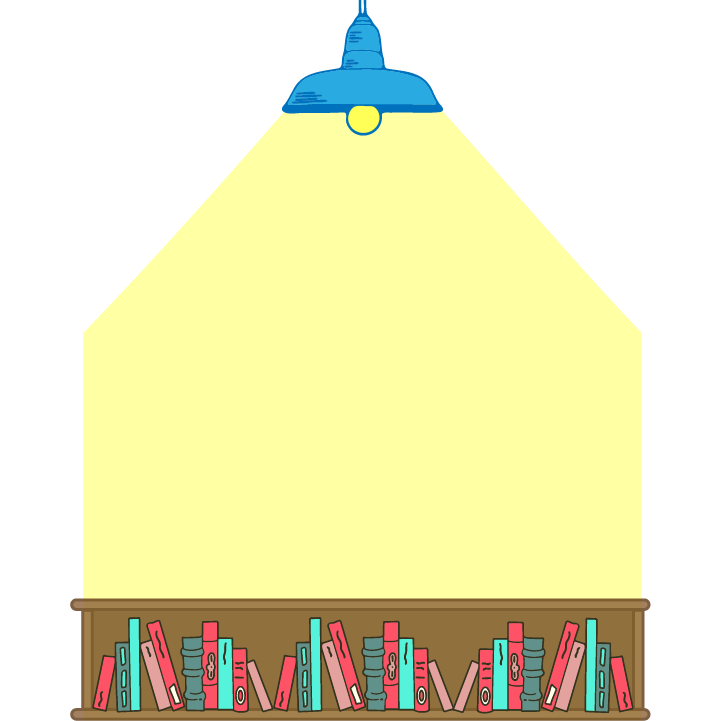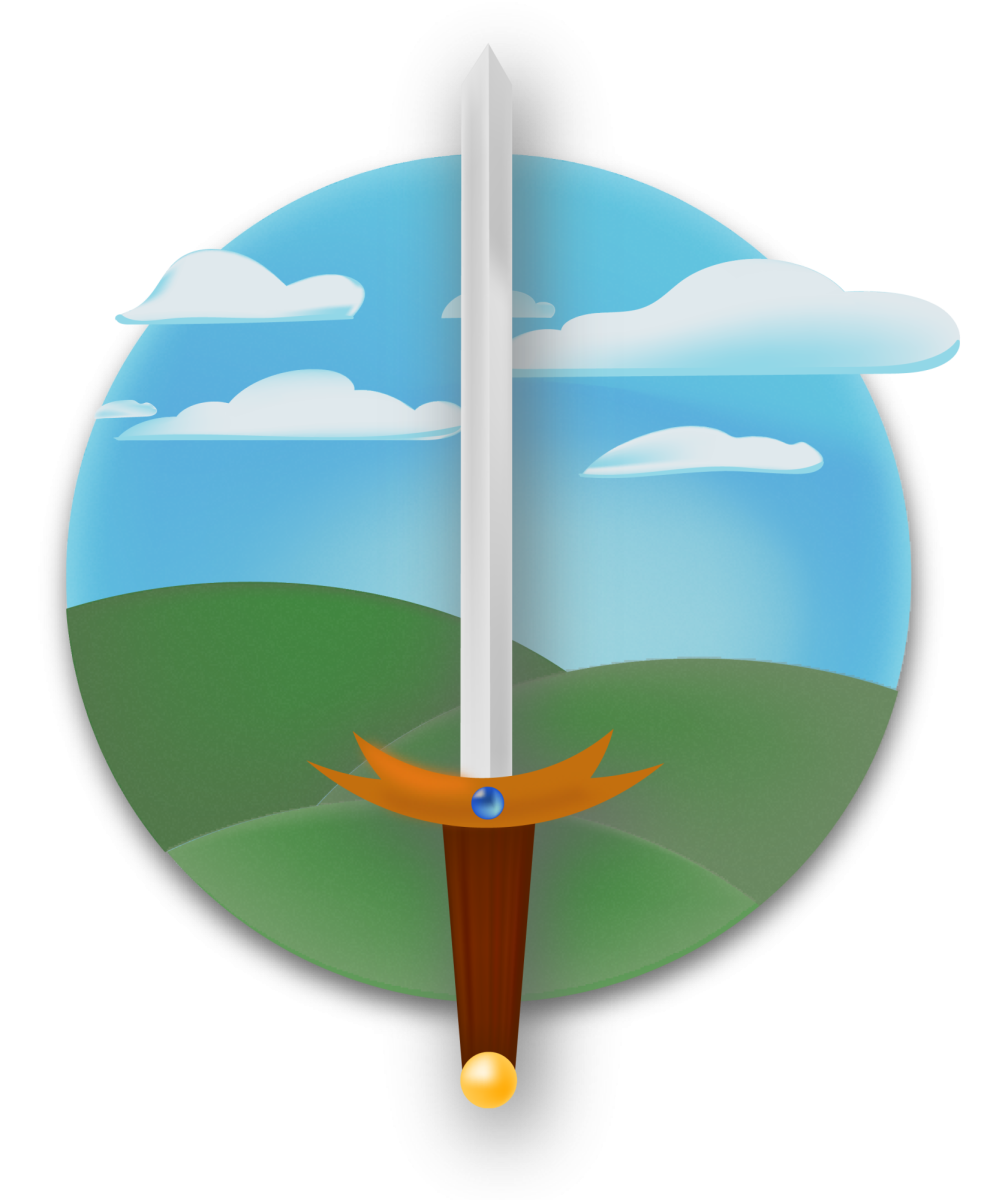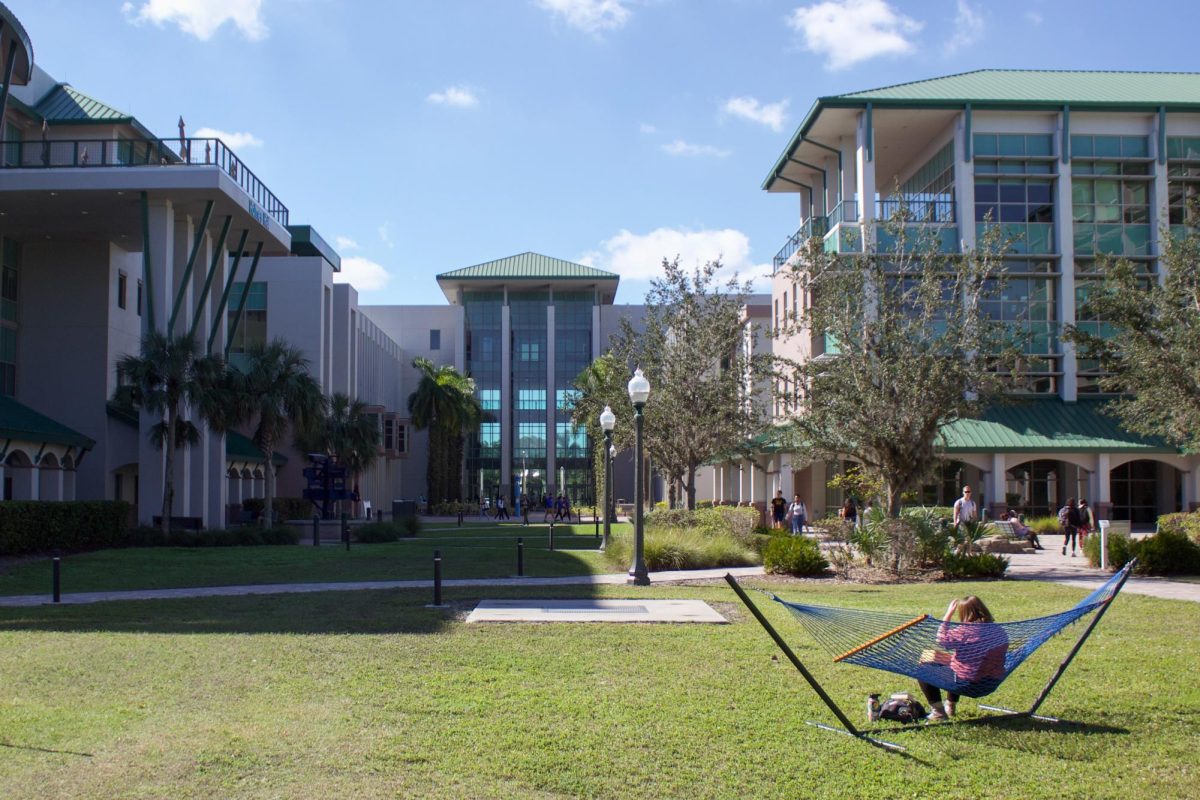According to a Yahoo! Article, NASA will send a 3-D printer into space, next year, giving astronauts aboard the International Space Station the ability to craft their own tools. It is hoped that this will help prevent problems like those that affected Apollo 13, when astronauts were barely able to fix an oxygen leak with limited resources. The printer will also have the means to trap the gases from its own production processes and recycle the materials from its previous creations.
Speaking of making things in space, astronaut Karen Nyberg crafted a stuffed t-rex toy for her 3-year-old son, Jack. The stuffed animal was sewn out of Russian velcro and filled with bits from a used t-shirt.
Angio Dynamics has developed an invention for fighting blood clots and pulmonary embolisms called the AngioVac. The system essentially works by inserting tubes into the neck and thigh, then sucking in and filtering blood outside the body. The process is minimally invasive and cuts operating time in half, and recovery time by 75%. The AngioVac has already been used to remove blood clots from the hearts and lungs of two people.
The Intergovernmental Panel on Climate Change (IPCC) has concluded with 95% certainty that humans are the main cause of global warming and that temperatures will rise up to 8.5°F (4.8°C) by the end of the century. The scientists (ranging from the U.S., to Russia, to India) also doubled their estimates of rising sea levels over the same time period, stating they could max out at 3.3 feet (1 meter). This would flood FGCU. However, the report did suggest geoengineering to mitigate the problem, namely by sucking out hundreds of billions of tons of carbon from the atmosphere.
Google co-founder and CEO Larry Page has launched a new company called “Calico” to tackle issues in health and aging. The biotech initiative will at first be devoted to developing new technologies, with an overall goal of lengthening the human lifespan. “Calico” was so named after both “California Life Co.” and a play on the idea of cats’ nine lives. The organization is still in its infancy, but Page told Time Magazine: “Ideally, if you have more people and more resources, you can do more things, get more things solved. We’ve kind of always had that philosophy.”
Categories:
This week in science: Blood vacuum, NASA
October 10, 2013
Story continues below advertisement
0
More to Discover

